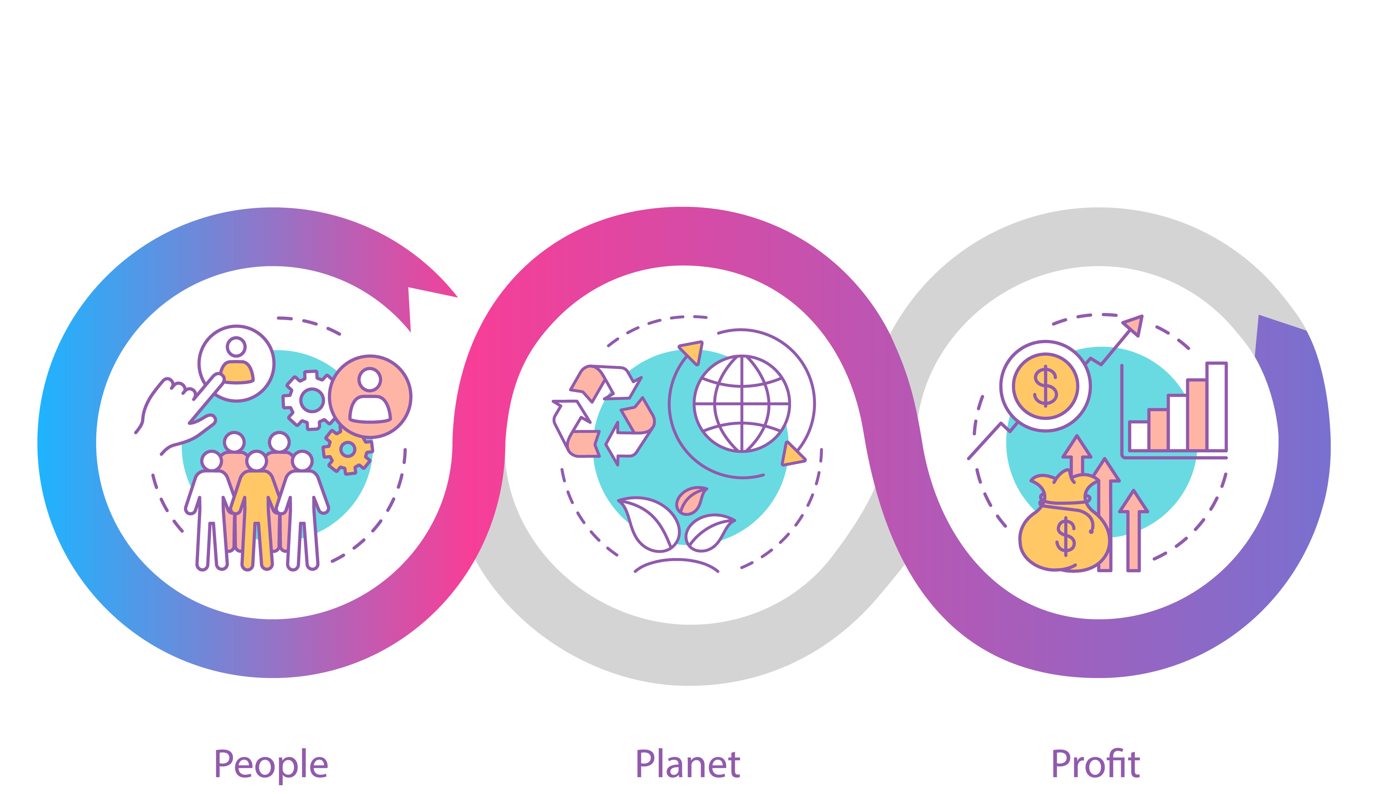
It has become increasingly fashionable in recent years, within corporate governance policies, to emphasise a corollary of measures and principles, as defined by GRI 405 or the SASB method, a cornerstone of human capital and its related management: inclusion, diversity and equal opportunities policies.
Under these three headings, sometimes mentioned together and at others subdivided or placed side by side with other components of human capital, we find a multiplicity of issues that affect corporate life, with consequences also on the private sphere, for which it is necessary to strike a balance between the two, in a holistic sense as possible.
How to encourage diversity and inclusion in the workplace
If in the materiality matrix of SASB the category "Diversity and Inclusion" is flanked and included in personnel engagement practices, for GRI 405 "Diversity and Equal opportunities" regulates the disclosure on two sub-topics, one concerning diversity within corporate governance bodies (GRI 401-5) and the other the debated issue of "gender-pay" (GRI 405-2).
The key point analysed in both GRI and the SASB method is an organisation's approach to diversity and inclusion of individuals of different gender, age, race, religion or other, actively promoting them and benefiting from them in terms of human capital wealth, which constitutes a company's main intangible asset.
Therefore, if on the one hand it is primarily the company that has an interest in the promotion and introduction of such policies, with consequent benefits in terms of innovation and the creation of value in the medium to long term, on the other hand the workers themselves find themselves benefiting from important aspects, such as fair pay, personal satisfaction together with the valorisation of their own peculiarities, or the same and indispensable possibility of having access to goods and services.
In fact, it is well known that giving access to resources, through work and pay, can create a more stable and equal society that contributes to the economic development of a country; therefore, it is even more important to give equal opportunities equally and without any discrimination.
This has much to do, at the macroeconomic level, with what Amartya Sen refers to as the 'capabilities approach', a framework theorised in the last two decades by the Nobel Prize-winning economist and forerunner of the 'ESG culture' and sustainability, whose theories were later declined into a series of more specific normative theories, such as those of social justice or development ethics, leading to the definition of new sector studies and social indicators, today largely included in ESG assessments.
This moral model applied to economics is based on the fact that, first and foremost, individuals should be left free to express themselves and contribute to economic and social development, choosing the economic activities to be pursued, hence their professions, according to their abilities.
In fact, the approach is based, firstly, on the assumption that the freedom to achieve prosperity is of paramount moral importance and secondly, the freedom to achieve prosperity must be understood in terms of people having capabilities and utilising them by taking the most suitable professional path.
This is, in other words, the same concept that Diversity, Inclusion and Equal Opportunities (DEI) policies focus on, within companies and institutions, where people must be facilitated and given real opportunities to do and be what they value, creating no inequalities and valuing specificities.
Examples of Diversity & Inclusion projects and diversity management
From the corporate point of view, many researches have pointed out that it is precisely by fostering the presence of people who are different in terms of age, culture, nationality, gender, etc., that the value of the organisation's intangible assets and human capital can be brought and increased, thus enabling the differentiation of figures to be included within teams and structures, thus stimulating innovation processes and contributing to the creation of value and growth in terms of medium-long term performance, coinciding with the ESG criteria.
In this respect, one of the largest research projects on the topic at the moment is the 'Human capital research' conducted by SASB.
A panel of specific questions in the 'Diversity & Inclusion' area will also be provided, for which feedback is currently being sought from the stakeholders involved.
As part of this public consultation, in fact, SASB wants to obtain feedback from companies, investors and other stakeholders who are familiar with the impact and benefits achieved at the sector-specific level, to gather feedback on
- what investors consider to be the most meaningful data to assess the issue in a comprehensive and, if appropriate, also on a local basis;
- how companies manage and track these issues and policies as applied, but also how they relate to the broader corporate strategy and long-term value creation of the company.
This standard-setting project aims to address Diversity, Equity and Inclusion (DEI) across 45 industry sectors and will consider adding or revising disclosure topics and/or metrics to better account for how DEI can impact business value, within each of these sectors.
The research has its origin in the 'human capital' research project initiated by the SASB Board to:
- analyse and document emerging evidence supporting the financial relevance of human capital issues;
- examine how human capital issues are accounted for in existing SASB standards;
- develop evidence-based recommendations for subsequent SASB standard-setting activities.
It is certainly an ambitious project that of SASB, as it aims to put at the centre of corporate financial assets, the measurement and impact generated on performance through human capital: starting from the measurement of this highly 'intangible' asset by definition and through its reporting, according to the materiality matrix and the ESG criteria included in it, the aim is to encompass the economic value of diversity and equity, breaking down the 'weak logic' of 'inclusiveness' and bringing them to a key role of financial leverage of performance.



